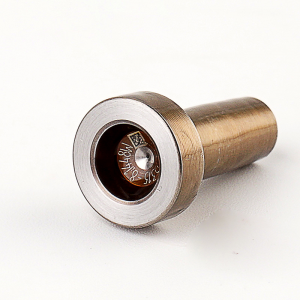Injector Connecting Rod With Model Number FOOR J02543 D29034-0901

● Its offset and fine-toothed design helps hold the bonnet in place and relieves stress on the connecting rod bolts.
● Its material is durable and wear-resistant.
● It has good applicability and high matching degree.
The connecting rod is generally abbreviated to con-rod. Connecting rods are commonly made from cast aluminum alloy and are designed to withstand dynamic stresses from combustion and piston movement. A longer rod makes more torque with the same piston force, and since it's less angular than a shorter rod, it reduces sidewall loading and decreases friction. All of this adds up to more power.
The connecting rod is mounted on the crank pin of the crankshaft with a plain bearing. The connecting rod bearing cap is bolted to the big end. The con-rod connects the piston to the crankshaft to transfer combustion pressure to the crankshaft. The connecting rod is required to transmit the compressive and tensile forces from the piston. In its most common form and in an internal combustion engine, it allows pivoting on the piston end and rotation on the shaft end, so that it can improve the engine's efficiency.
If the rod breaks while the piston is on its way up, the piston keeps going up until it jams itself permanently into the cylinder head. If the rod breaks while the piston is coming down, the broken rod can pierce a hole right through the engine block (like a compound bone fracture breaking through the skin).


The connecting rod provides the mechanical linkage between piston and crankshaft and must exhibit properties of high strength, low inertial mass, and uniformity of mass with the other connecting rods attached to the crankshaft.
Connecting rods are built to withstand extreme forces, engine temperatures and pressures. However, the rebuilt connecting rod wouldn’t lasts forever. The two typical engine repairs needed from a broken connecting rod are either to the cylinder head or to the engine block itself.








